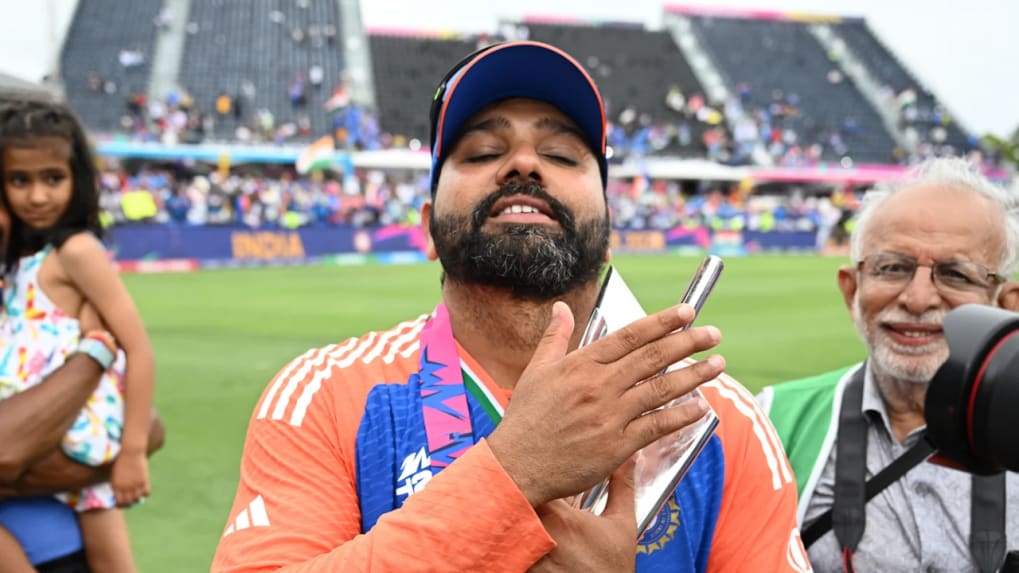Digital
Why OpenAI is hiring 100 ex-bankers: Inside the ChatGPT-maker's secret project to automate Wall Street's grunt work

India’s former captain Rohit Sharma, who led the team to the Men’s T20 World Cup title in 2024, has been named tournament ambassador for the 2026 edition, which will be jointly hosted by India and Sri Lanka.
Rohit concluded his T20I career with 4,231 runs at an average of 32.01 and a strike rate of 140.89, cementing his status as one of the most prolific batters in the format. He is among the select group of players to have featured in two victorious Men’s T20 World Cup campaigns — the first during the inaugural edition in 2007 and the second during India’s triumphant run in 2024, as per ICC's official website.
His introduction to the format in 2007 was marked by a memorable unbeaten tally of 88 runs, including a half-century against South Africa in the Super Eights and an unbeaten 30 in the final against Pakistan.
The 2024 campaign elevated his legacy further, as he captained India to an overdue ICC title after an 11-year gap. Rohit led from the front and finished as India’s highest run-scorer with 257 runs at a strike rate of 156.70. His brisk starts consistently set the tone for India, with standout knocks of 92 off 41 balls against Australia in the Super Eights and 57 off 39 in the semi-final against England.
Following India’s victory, Rohit announced his retirement from T20Is. Reflecting on his new role, he said it was a pleasure to see the tournament return to India and added that he was delighted to be associated with it again, this time as the Brand Ambassador.
From Delhi’s sharp-tongued lyricists to Chennai’s bilingual innovators and North-East India’s experimental beatmakers, Rap 91 LIVE’s lineup was a sonic map of the country’s cultural diversity.
Read MoreAs WPP reels from revenue declines and vows sweeping restructuring, Publicis and Havas ride strong AI-led client demand. With Omnicom and IPG on the cusp of a historic merger, the global advertising landscape braces for a power realignment built on data, technology, and efficiency.